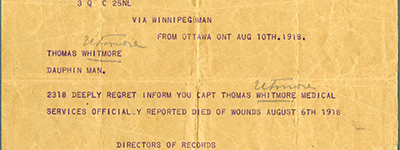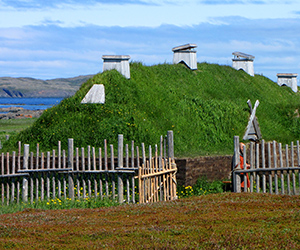CANADA HISTORY - DOCUMENTS FRONTIER
1869 Metis Bill of Rights December 1, 1869
Analysis of the Document - (The Document follows below the Analysis)
The Métis Bill of Rights, issued on December 1, 1869, was a foundational document in the Red River Rebellion, articulating the political, economic, and cultural concerns of the Métis people in what is now Manitoba. The document was created by Louis Riel and his provisional government during the Red River Rebellion, expressing demands for land rights, cultural protection, and political representation as Canada sought to annex the Red River Settlement following the transfer of Rupert's Land from the Hudson’s Bay Company to the Canadian government.
The Métis were apprehensive about their future under Canadian rule, fearing that their unique culture, language, and landholdings would be disregarded in favor of English-speaking Protestant settlers. The Bill of Rights was designed as a negotiation tool to ensure that the interests of the Métis were taken into account in the formation of the new province of Manitoba and that their rights would be enshrined in law. Among the key demands were guarantees of bilingualism in government, protections for land tenure systems based on river-lot farming, and the preservation of Catholic schools.
The implications of the Métis Bill of Rights were profound, as it laid the groundwork for the Manitoba Act of 1870, which brought Manitoba into Confederation as a province with certain protections for Métis rights. The act included provisions for language rights and denominational schools, which reflected the influence of the Métis demands. However, many of the land protections sought by the Métis were later undermined by federal policies, leading to long-term grievances and a sense of betrayal among the Métis people.
The Métis Bill of Rights also had a lasting influence on Canadian history, particularly in the recognition of Indigenous and minority rights within the Canadian legal framework. While the immediate outcome of the rebellion led to Louis Riel’s exile, the issues raised by the Métis continued to shape Canadian policy and discourse around the rights of Indigenous peoples. The tension between federal power and regional or cultural autonomy, first articulated by the Métis in 1869, remains a recurring theme in Canadian constitutional and political history.
In conclusion, the Métis Bill of Rights of 1869 was a pivotal moment in the struggle for recognition and protection of Métis rights in Canada. It influenced the creation of Manitoba and highlighted the complexities of incorporating diverse cultural groups into the broader Canadian nation. Its legacy endures, both in the ongoing legal struggles of the Métis and in the broader Canadian conversation about the rights of Indigenous peoples and the protection of minority cultures within the nation’s evolving constitutional framework.

1. The right to elect our Legislature.
2. The Legislature to have power to pass all laws, local to the Territory, over the veto of the Executive, by a two-third vote.
3. No act of the Dominion Parliament (local to this Territory) to be binding on the people until sanctioned by their representatives.
4. All sheriffs, magistrates, constables, etc., etc., to be elected by the people -- a free homestead pre-emption law.
5. A portion of the public lands to be appropriated to the benefit of schools, the building of roads, bridges and parish buildings.
6. A guarantee to connect Winnipeg by rail with the nearest line of railroad -- the land grant for such road or roads to be subject to the Legislature of the Territory.
7. For 4 years the public expenses of the Territory, civil, military and municipal, to be paid out of the Dominion treasury.
8. The military to be composed of the people now existing in the Territory.
9. The French and English language to be common in the Legislature and Council, and all public documents and acts of Legislature to be published in both languages.
10. That the Judge of the Superior Court speak French and English.
11. Treaties to be concluded and ratified between the Government and several tribes of Indians of this Territory, calculated to insure peace in the future.
12. That all privileges, customs and usages existing at the time of the transfer to be respected.
13. That these rights be guaranteed by Mr. McDougall before he be admitted into this Territory.
14. If he have not the power himself to grant them, he must get an act of Parliament passed expressly securing us these rights; and until such act be obtained, he must stay outside of the Territory.
15. That we have a full and fair representation in the Dominion Parliament.
Cite Article : www.canadahistory.com/sections/documents
Source:



